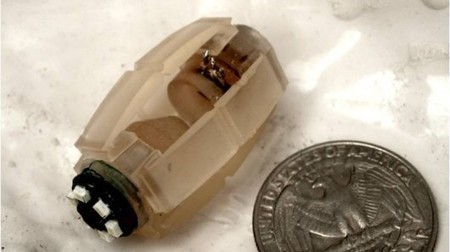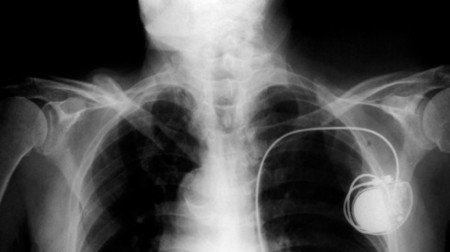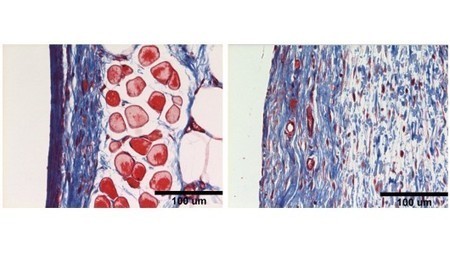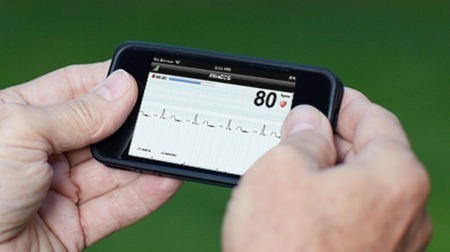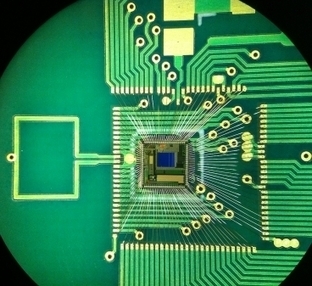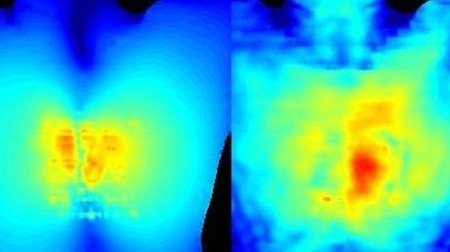New “blood pressure watch” relies on a wristband made from piezo-resistive fibers developed at the Swiss Federal Laboratories for Materials Science and Technology (EMPA). These fibers measure the contact pressure of the device on the skin to overcome the problem of the device slipping on the wrist or muscle tension that can affect the measurements.



 Your new post is loading...
Your new post is loading...





